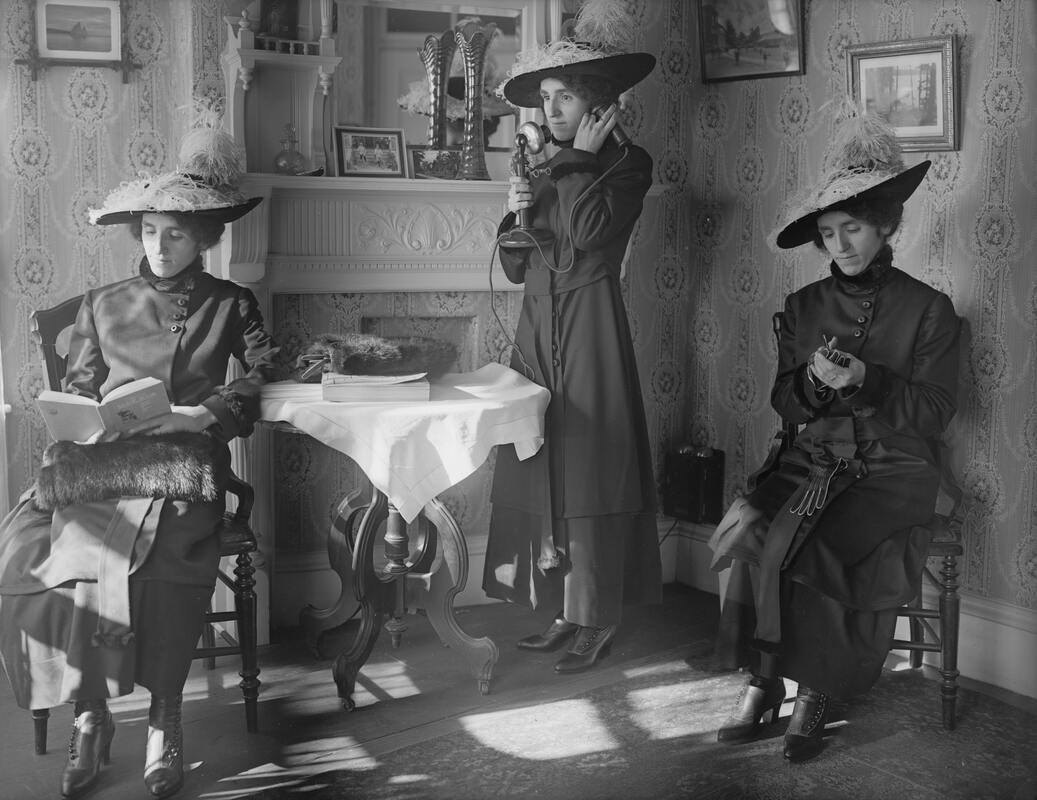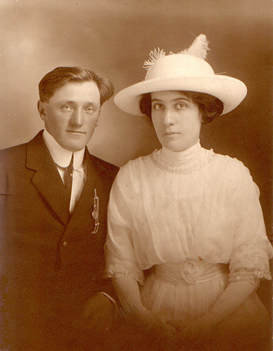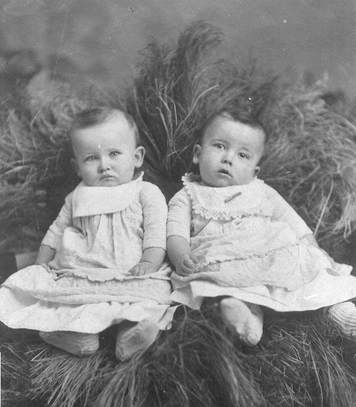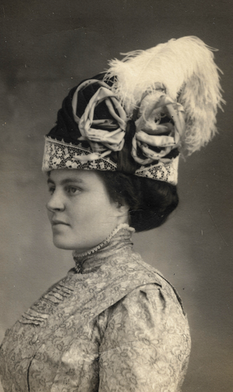 Photo by Boston Public Library on Unsplash Multiple exposure photo with Racheal Abdalian appearing three times. Photographer: Abdalian, Leon H. Date: 1915 https://ark.digitalcommonwealth.org/ark:/50959/r494x6924 Please visit Digital Commonwealth to view more images: https://www.digitalcommonwealth.org. None of us would be here without the female part of the equation of our ancestors. I have been reading an excellent book that is focused about women’s lives in the United Kingdom but some of the information can be applied to our ancestors in the Midwest. Let’s look a bit more at that book as well as other material that might help you discover more about your female ancestors. Published by Pen and Sword Publishing of England, ‘Tracing Your Female Ancestors – A Guide for Family Historians’ by Adele Emm, takes an interesting look at ways that we can better understand what their life was like and to discover more resources to research. She mentions the typical records that we look at such as birth, marriage and death but also devotes chapters to such topics as education, crime, daily life, employment, and emancipation (suffragists, teachers, professions). While the information is slanted towards life in England, there is information about what servants earned or factory workers or tavern workers.
I am finding that her ideas are making me think more about what it was like for our immigrant female ancestors who came over to America and started out as servants in a home. I have a couple of great aunts who moved to Paris from Luxembourg to earn enough money for their passage to America where many of their siblings already had settled. Or perhaps you have a pioneer relative who “worked out” at a neighbor’s place helping that family with their children for extra money or even moved to a nearby town to work as help. This was even common when my aunts were young women in the late thirties. They would live and work for a family for their room, board, and a wage. I haven’t been able to find out how much their earned but I’m guessing not much. I do know that one of the reasons those same sisters moved to Portland, Oregon in the 1940s was so they could get a job at the shipyards where they could earn a dollar a day! Good wages at that time. Do any of your ancestors have a similar story? Remember to capture that piece of American history. Sometimes our female ancestors like to remain hidden but there are a few documents that have provided me with some interesting tidbits. Marriage records can be a great source of information because many (not all) have the parents listed or perhaps a witness is identified as a brother or a cousin. This could give you a lead. I recommend that you look at both the religious and civil records. Depending on the state or country, they may capture different details such as parents’ names or other facts to help you along your path. Land. One of the main reasons our pioneer ancestors moved to our region was the land. If your ancestor owned land, he may have had a will. Even if he didn’t, the land would have triggered records for distribution. Often within these wills, the wife will be mentioned (not always with her last name) but it will still give you more context about the family. If you do know the maiden name of your female ancestor, look to see if her father had a will and if she is mentioned in it. Again, you may find relatives or siblings in the will that can help you better research her family tree. Land records themselves may reveal more information. It wasn’t until I started looking at the land records and plat maps that I discovered that two of my great grandmothers homesteaded. Key tip is to not assume that you do not have a female relative that homesteaded. Many others have ideas on researching those female ancestors. Here are some helpful articles. 9 Best Records for Finding Female Ancestors by Lisa A. Alzo Researching Female Ancestors – FamilySearch Video Cyndi’s List – Female Ancestors 5 Tips for Researching the Females in Your Family Tree Genealogy: Names: Women/University of Delaware There are many other ways to look for your female ancestors including newspapers, journals, pictures, census records and more. While our female ancestors do not create an easy paper trail, it is rewarding when you do track down information on these special ancestors. Remember to add color and interest to their story with information about their daily life activities in addition to the dates. Happy searching!
0 Comments
Leave a Reply. |
AuthorWith a lifelong passion for genealogy and history, the author enjoys the opportunity to share genealogy tidbits, inspiring others to research and write their family story. Archives
July 2024
Categories |



 RSS Feed
RSS Feed